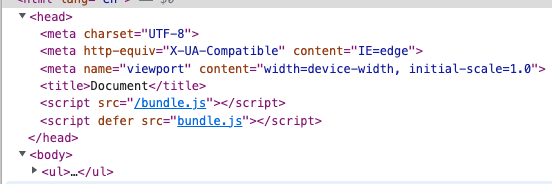作用
元组与列表类似,也是可以存多个任意类型的元素,不同之处在于元组的元素不能修改,即元组相当于不可变的列表,用于记录多个固定不允许修改的值,单纯用于取
定义方式
# 在()内用逗号分隔开多个任意类型的值
>>> countries = ("中国","美国","英国") # 本质:countries = tuple("中国","美国","英国")
# 强调:如果元组内只有一个值,则必须加一个逗号,否则()就只是包含的意思而非定义元组
>>> countries = ("中国",) # 本质:countries = tuple("中国")
类型转换
但凡能被for循环的遍历的数据类型都可以传给tuple()转换成元组类型
>>> tuple('wdad') # 结果:('w', 'd', 'a', 'd')
>>> tuple([1,2,3]) # 结果:(1, 2, 3)
>>> tuple({"name":"jason","age":18}) # 结果:('name', 'age')
>>> tuple((1,2,3)) # 结果:(1, 2, 3)
>>> tuple({1,2,3,4}) # 结果:(1, 2, 3, 4)
# tuple()会跟for循环一样遍历出数据类型中包含的每一个元素然后放到元组中
使用
>>> tuple1 = (1, 'hhaha', 15000.00, 11, 22, 33)
# 1、按索引取值(正向取+反向取):只能取,不能改否则报错!
>>> tuple1[0]
1
>>> tuple1[-2]
22
>>> tuple1[0] = 'hehe' # 报错:TypeError:
# 2、切片(顾头不顾尾,步长)
>>> tuple1[0:6:2]
(1, 15000.0, 22)
# 3、长度
>>> len(tuple1)
6
# 4、成员运算 in 和 not in
>>> 'hhaha' in tuple1
True
>>> 'hhaha' not in tuple1
False
# 5、循环
>>> for line in tuple1:
... print(line)
1
hhaha
15000.0
11
22
33








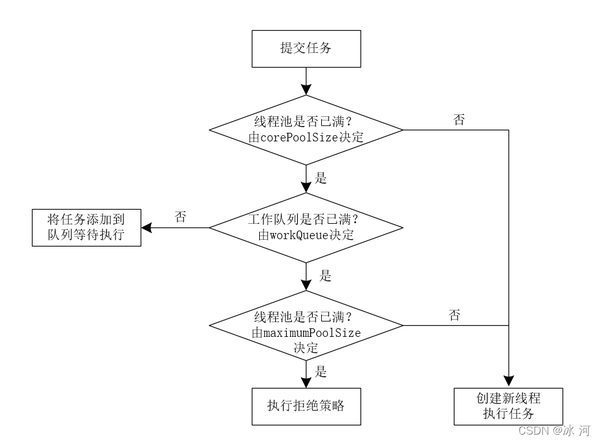
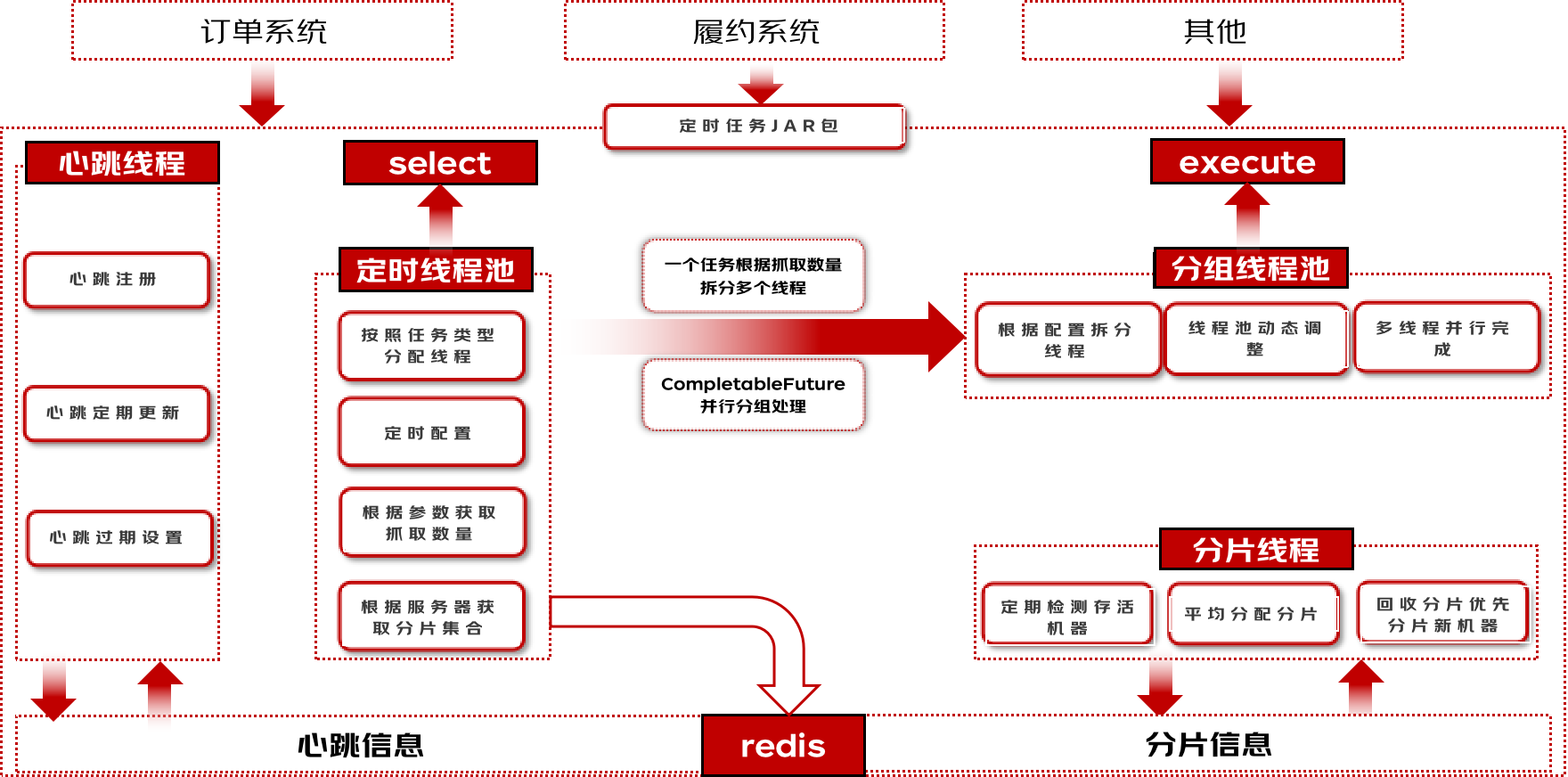

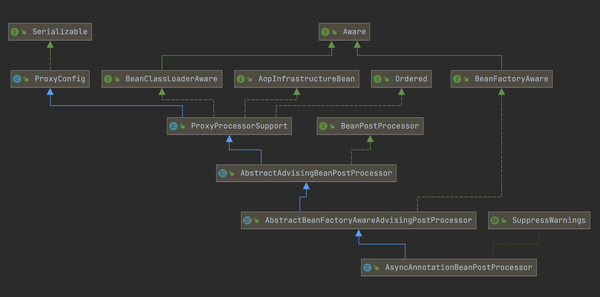
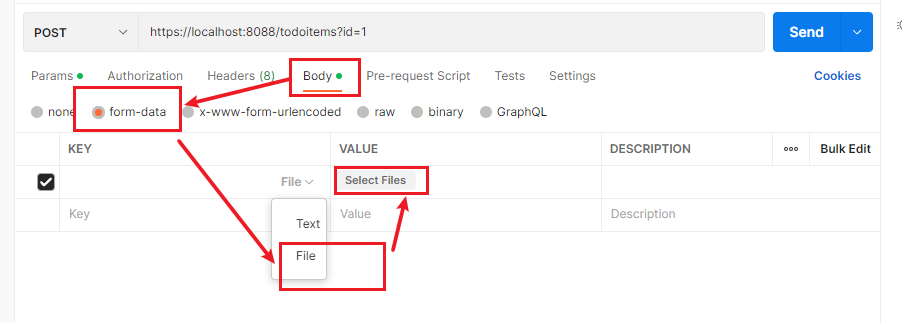
![推荐系统[三]:粗排算法常用模型汇总(集合选择和精准预估),技术发展历史(向量內积,Wide&Deep等模型)以及前沿技术](https://img-blog.csdnimg.cn/44083e4c130841f894e36366a71f8d96.png)

